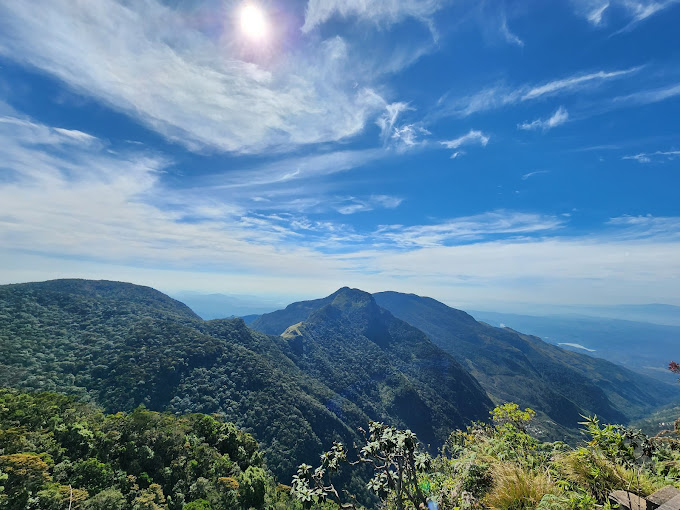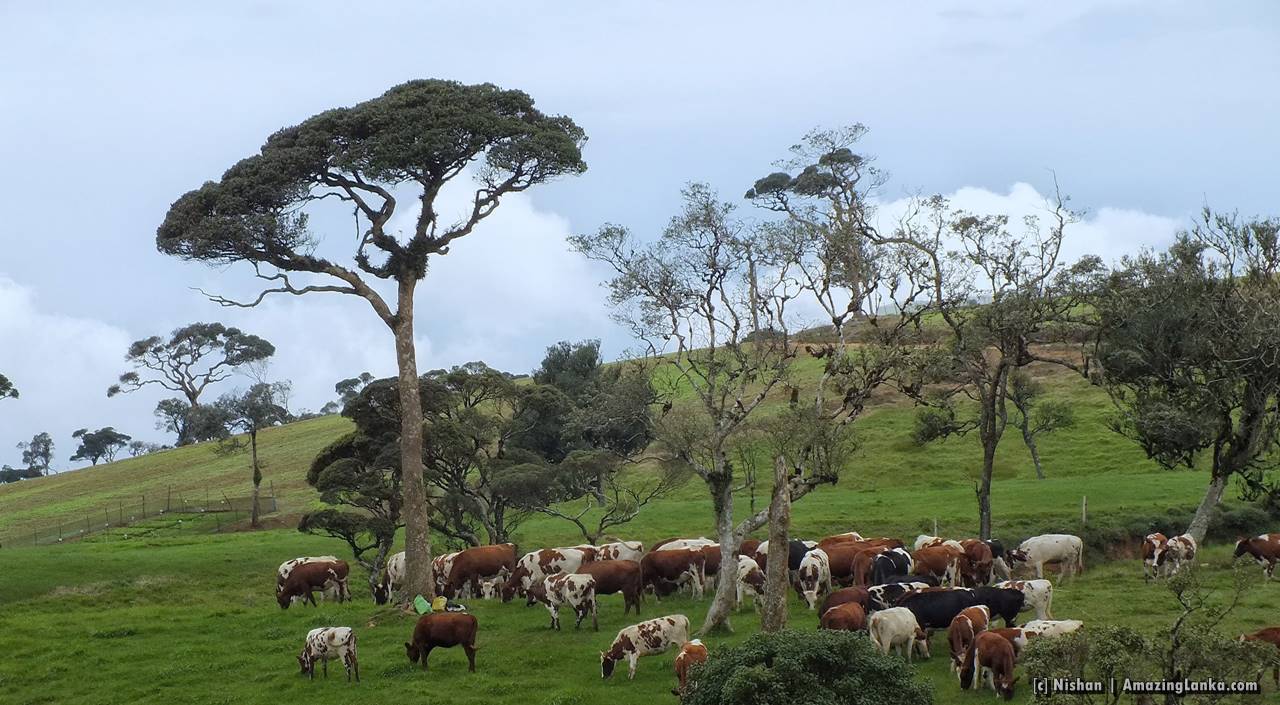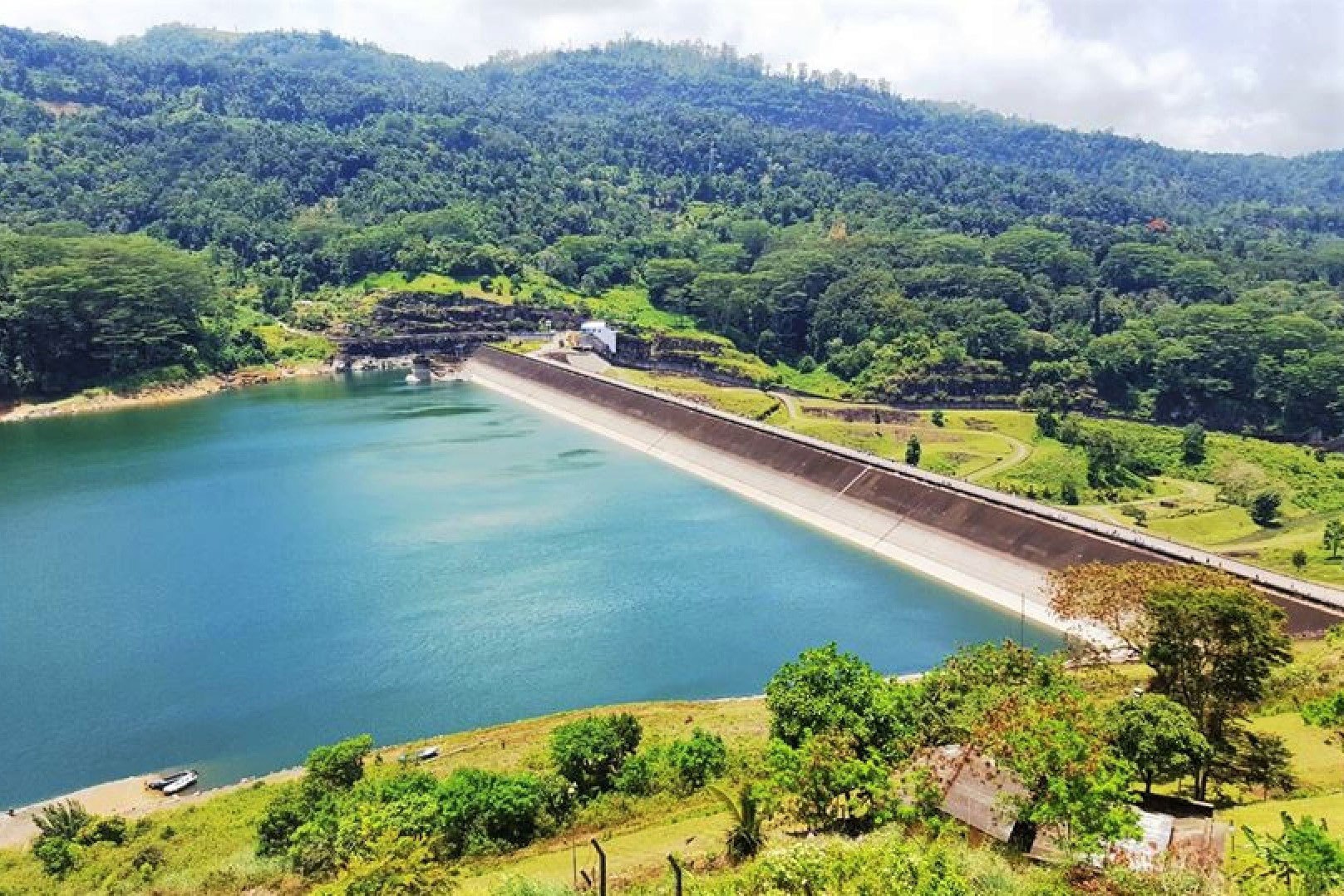Horton Plains in Sri Lanka, is the coldest and windiest location in the country. It consists of ecosystems such as montane evergreen forests, grasslands, marshy lands and aquatic ecosystem. At an altitude of 2,100 meters above sea level, Horton Plains spreads across over 3,169 hectares of the highest tableland of the island. In view of the large number of endemic flora and fauna species, Horton Plains was declared a UNESCO World Heritage Site on 30th July 2010.
Horton Plains, its surroundings, forests and the adjoining Peak Wilderness constitute Sri Lanka’s most important catchment area of almost all major rivers. The plains are also of outstanding scenic beauty and conservation importance, containing most of the habitats and endemic plants and animals representative of the country’s wet and montane zones. The western slopes support the most extensive area of montane cloud forest surviving in the island. Horton Plains is not merely a destination for nature tourists. Since the rich biodiversity of Horton Plains is still grossly underexplored, it affords invaluable opportunities to those engaged on educational and research activities. Protecting Horton Plains is a call of duty for all Sri Lankans.
The Climate of Horton Plains is that of a wet montane forest. The average annual temperature of 14-16⁰ Centigrade while the humidity is relatively low at 65%. Though annual rainfall of the highlands is about 2540mm, Horton Plains records over 5000 mm of rainfall annually.
The gently rolling plateau of Horton Plains at the southern end of the central montane massif of Sri Lanka is interspersed with network of streams and channels. The Montane forest is also the source of three major rivers of Sri Lanka: River Mahaweli-the longest river of Sri Lanka, River Walave and River Kelani. Still more, Horton Plains is bounded by the country’s second and third highest mountain peaks of Sri Lanka: Mount Kirigalpotta Kanda (2389 m) and Mount Thotupola Kanda (2357 m). The escarpment with a depth of 900 meters called World’s End and Baker’s fall is one of the highlights of the Horton Plains.
The visitors’ center is significant in the sense, it has become the starting point for the 9km main trek of the Horton Plains. The main trek taking a circular route can be enjoyed within 3 hours. The trail opens up with an expansive view of flora: bare patina grassland here; densely wooded cloud forest over there. Once the grasslands are passed, the trek leads for about 2km through a fine expanse of cloud forest. Grown in the forest amidst nellu shrubs and keena trees are spices grown in the wild: pepper, cinnamon and cardamom.
On the southern edge of the Horton Plains at an altitude of 2140m is famous World’s End, an escarpment that fall sheer 900 meters. The man-made modern irrigation reservoir contained within the national park of Udawalawe brings in a lovely view of the low lying plains of the southern Sri Lanka. On a clear morning the World’s End affords the view running to the southern coast of Sri Lanka. The panoramic and distant views are bound to get obscured by the mist from around 10am onwards. As such an early morning arrival at the escarpment would stand in good stead. Especially in the rainy months of May to July, the mist is particularly thick.
The most frequent site of wildlife at Horton Plains are herds of Sambar Deer. Among the other mammals in the park are Strip-necked Mongoose, Long-tailed Giant Squirrel Wild Boar, the endemic Bear Monkey and Toque Monkey, Fishing cat, Otter and
All of the montane endemics of Sri Lanka are found in Horton Plains. Sri Lanka bush warbler, Dull-Blue flycatcher, Sri Lanka whistling thrush and the yellow-eared bulbul, Sri Lanka Wood Pigeon, Sri Lanka White-eye, Spot-winged Thrush, Dull-blue Flycatcher, Sri Lanka Bush Warbler, Scaly Thrush, Sri Lanka Whistling Thrush, Brown-capped Babbler, Sri Lanka Spur-fowl and Sri Lanka Jungle-fowl. Other highlights are the Himalayan migrants Pied Thrush, Kashmir Flycatcher Indian Pitta. Black Bird, Mountain Hawk Eagle, Black Eagle, Jerdon’s Baza, Pied Bushchat, Hill Swallow and Hill Munia.
Now the Horton Plains has become a happy field of herds of Sambar Deer. However the growth population of Sambar Deer has resulted in the increase of number of Leopards. Wild Boar, the endemic Bear Monkey and Toque Monkey, Slender Loris, Fishing cat, Otter, Barking deer, Strip-necked Mongoose, Long-tailed Giant Squirrel are some of the other mammals found here.
Until a century ago, Horton Plains was rich with Elephants. Then the whole population was hunted down to extinction by the British colonialists in Sri Lanka then called Ceylon. Today Horton Plains is the only national park in Sri Lanka where elephants aren’t seen at all.












